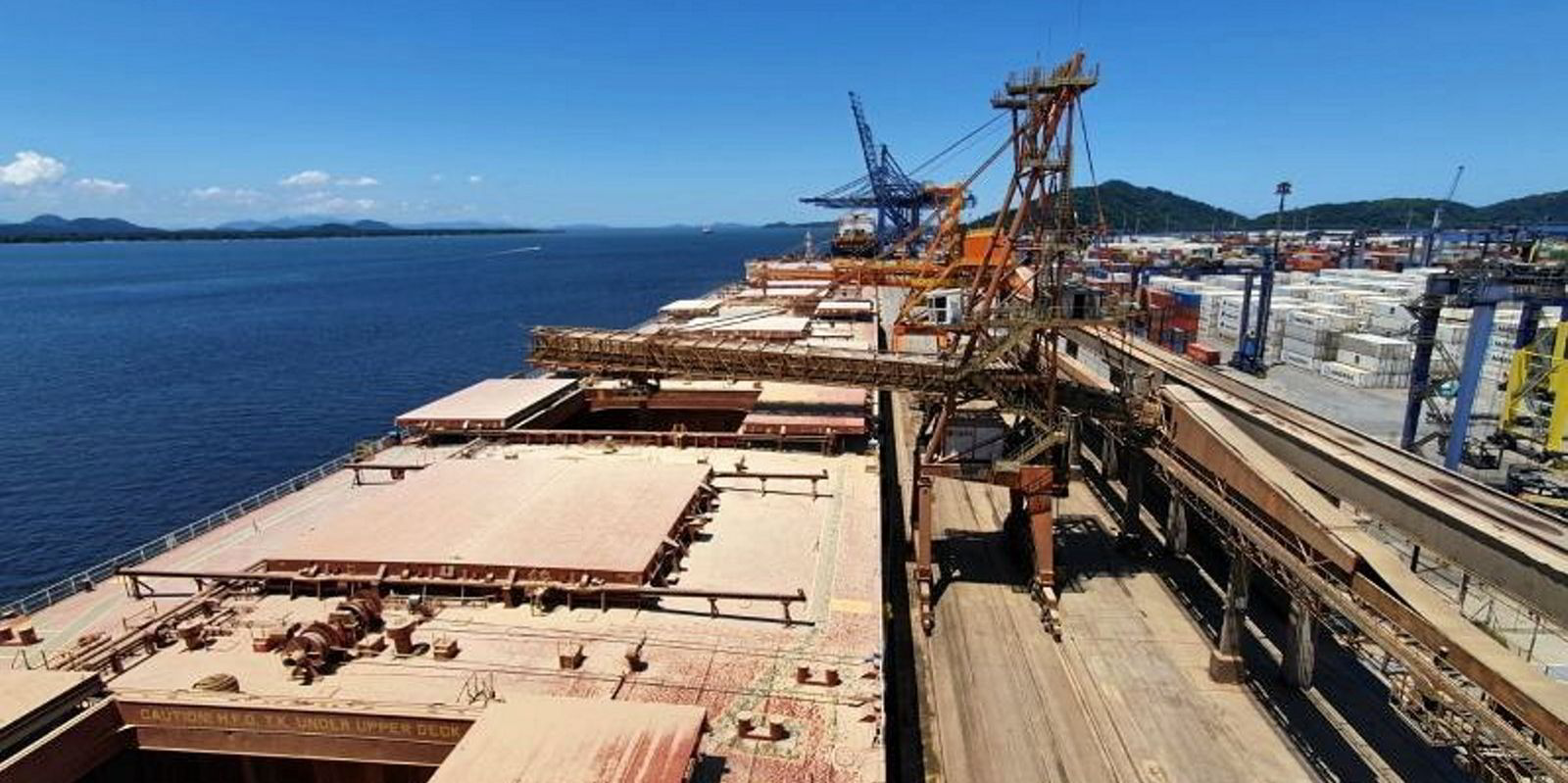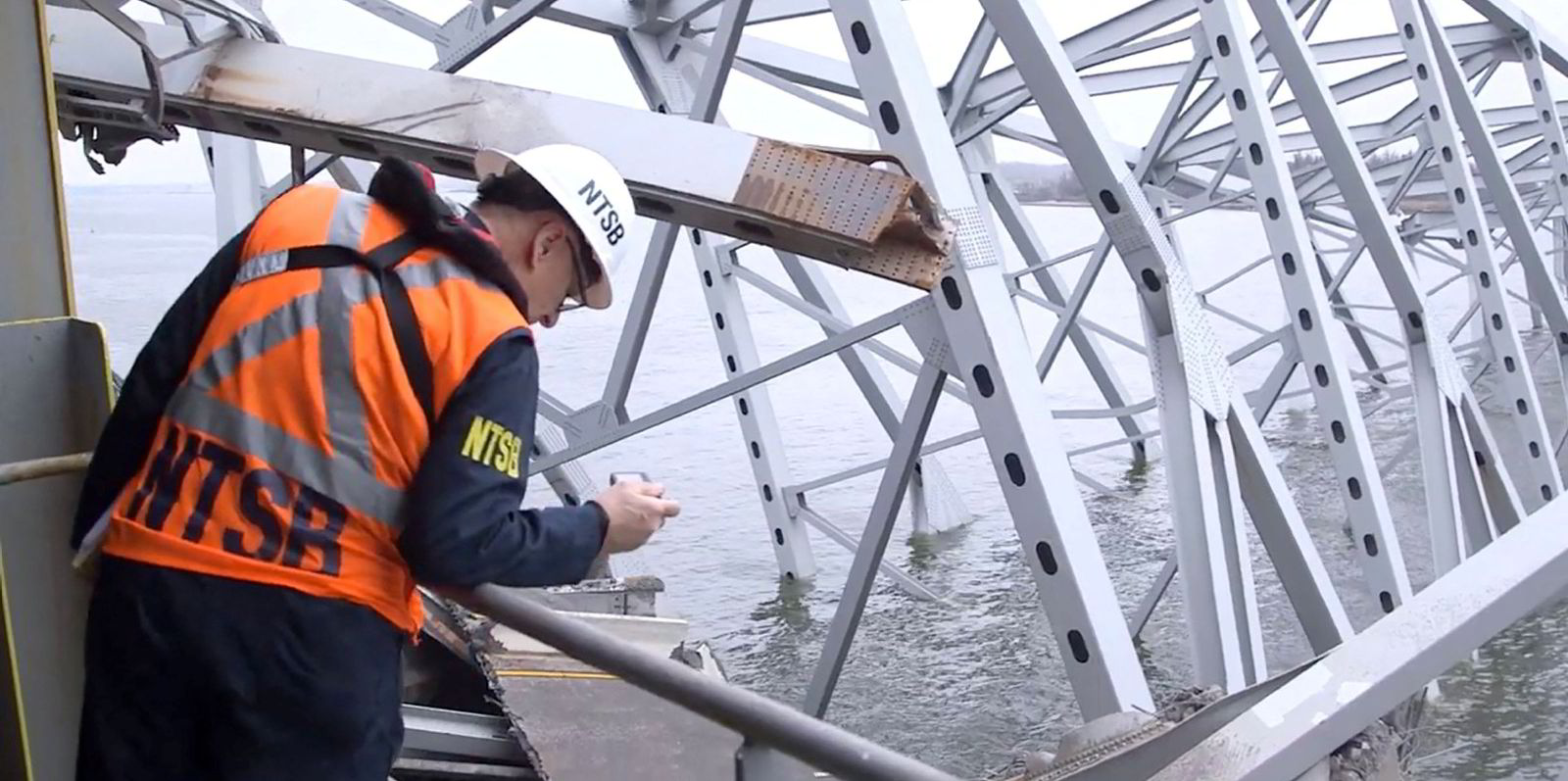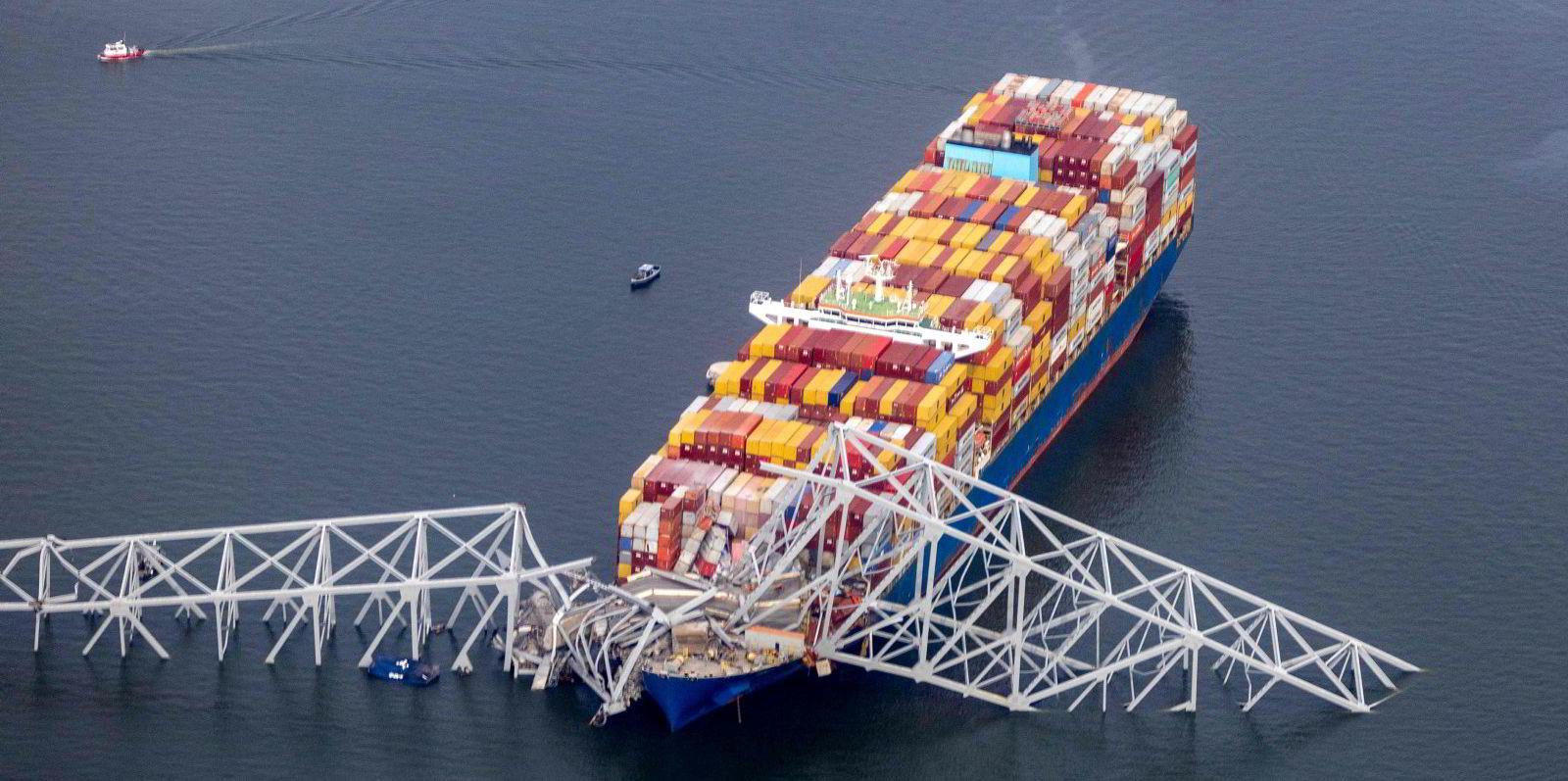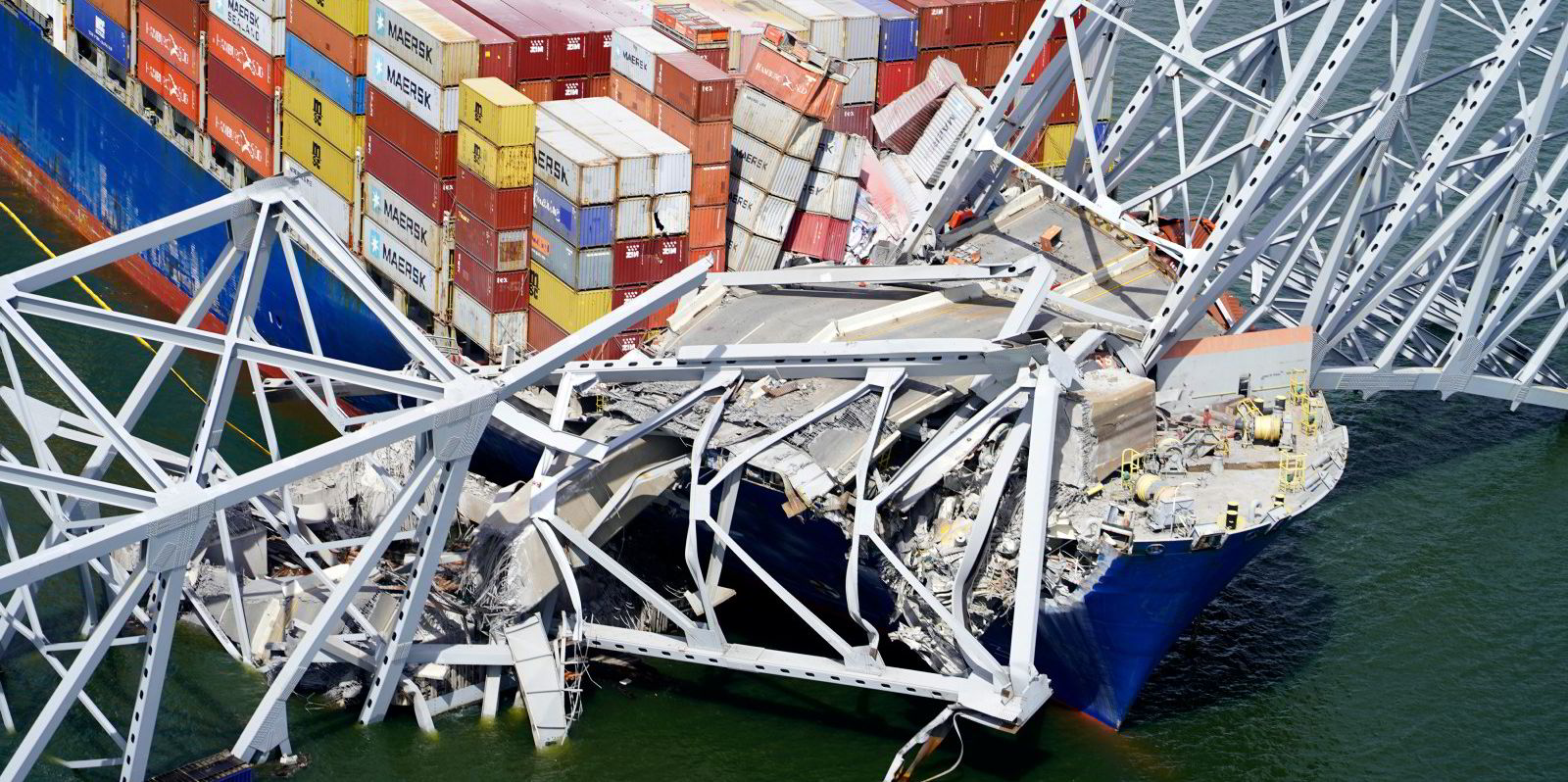The Baltimore bridge collapse has been an aggravating factor in what was already a plunging capesize bulker market this week, said UK shipbroker Braemar.
In its latest market report, the London-listed group said the US accident has “clearly been the main talking point” in the North Atlantic market.
The destruction of the Francis Scott Key Bridge on Tuesday by the Maersk-chartered container ship Dali trapped a number of dry cargo vessels in the port of Baltimore.
Braemar said: “Generally speaking, there has been a build-up of spot tonnage over the last week in the face of slightly softer spot demand.”
But the broker also pointed out that a couple of capesizes originally destined to load in Baltimore have been released into the wider market, augmenting ship supply.
At the same time, a small number of operator arbitrage cargoes were removed as a consequence of the accident, the London shop added.
The net result was a rash of softer time-charter returns, with shorter transatlantic deals recorded in the range of $14,000 to $15,000 per day, and fronthaul dipping back below $50,000 for the first time in a month.
The average of the five capesize time charter routes had lingered for a couple of weeks in the low $30,000-per-day range.
But levels have plummeted 26% this week, the broker said.
“Coupled with an FFA curve that inspired little confidence on forward business, owners were left to contemplate greatly diminished returns whilst charterers, with the afforded time, bathed in the luxury of waiting as rates became cheaper,” Braemar added.
Coal is by far the largest, but not the only, dry bulk cargo affected by the bridge collapse in Baltimore.
Port authority data shows around 50,000 tonnes of forest products are imported per month.
And metcoke, petcoke and steels are also exported, alongside imports of fertilisers and breakbulk cargoes.
Two vessels were stuck at coal berths in Baltimore by the collapse.
Oldendorff Carriers’ 81,262-dwt Klara Oldendorff (built 2019) was loading thermal coal at the CNX terminal, and an Oceanbulk-operated kamsarmax, the 81,191-dwt JY River (built 2019), was also left stranded.
Analysis by Kpler identified about a dozen bulkers that were expected to load coal at Baltimore’s two terminals before the end of next week.
Baltimore is one of the main load ports for capesize vessels shipping US coal, with 55% of the port’s coal exports transported on these ships in 2023, according to AXS vessel tracking.
About 72% of the shipments to Asia from Baltimore were on capesizes, a further 21% involved panamaxes and the remainder were shipped on geared tonnage.







